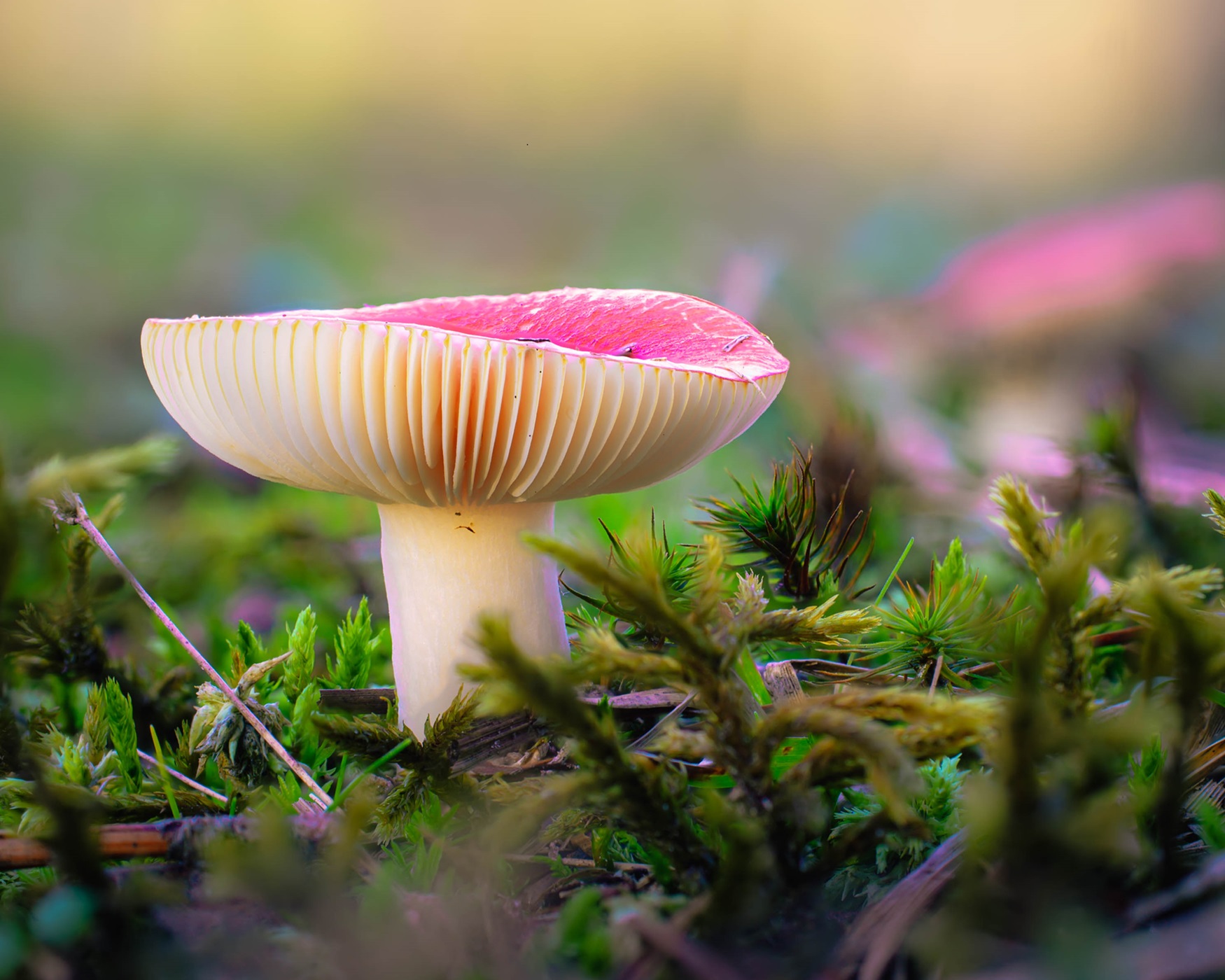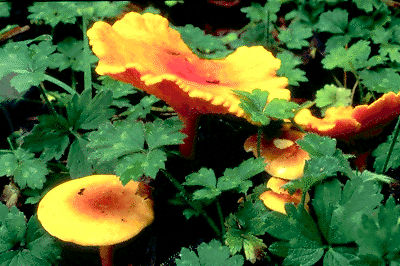Associations between plant roots and fungi are mycorrhizae and are thought to occur on the roots of 95 per cent of all seed plants. They are probably essential to the survival in nature of both partners. The plant derives an enhanced ability to absorb essential minerals and greater resistance to root diseases. The fungus obtains sugars directly from its partner, without competition from other microorganisms.

Description
Mycorrhizae occur in several forms that differ in benefits conferred upon plants and fungi involved. The most widespread, arbuscular mycorrhizae, occur in about 90 per cent of seed plants and involve more than 100 species of fungi originally thought to belong to the division Zygomycotina. Recent evidence from DNA anaysis suggest they may form an independent group closer to Dikaryomycota. In these associations, the fungus invades cells of the root cortex (outer layer) and there forms swellings (vesicles) or highly branched and shrublike appendages (arbuscules).
Less widespread types of mycorrhizae, restricted primarily to orchids and members of the heath family, resemble arbuscular mycorrhizae but involve fungi belonging to subdivisions Ascomycotina and Basidiomycotina.
Ectomycorrhizae (external mycorrhizae), which involve 5,000–6,000 species of fungi, occur on relatively few plants, mainly trees of pine, birch, willow and oak families. In ectomycorrhizae, the fungus forms a thick sheath around the root, often increasing its diameter several times; filaments penetrate between, but do not enter, root cells. In Canada, ectomycorrhizae reach a particularly high level of development. Most Canadian forests are dominated by trees forming ectomycorrhizae and, during wet seasons, mycorrhizal fungi produce large numbers of mushrooms.
Benefits of Association
Mycorrhizae are thought to enhance a plant's ability to absorb phosphorus and nitrogen as well as other minerals. Arbuscular mycorrhizae are thought to use inorganic sources of nitrogen. Ectomycorrhizae, able to assimilate more complex forms of nitrogen, are thought to compete with soil micro-organisms for nitrogen locked in leaf litter. Orchid and heath mycorrhizae may be the most efficient in extracting complex nitrogen compounds.
Applications
Mycorrhizae are under study by researchers in forestry and agriculture worldwide. Tree seedlings inoculated with selected ectomycorrhizal fungi have been found to have improved survival rates and field growth, and the practice may prove especially effective in areas where natural mycorrhizal levels are low. Ectomycorrhizal inoculum is now commercially available, with a choice of fungi offered to meet specific silvicultural needs.
The manipulation of arbuscular mycorrhizae in agricultural practice shows great promise and eventually may eliminate heavy use of fertilizers. At present, however, the inability to grow endomycorrhizal fungi in laboratories has hindered attempts to produce adequate amounts of inoculum.

 Share on Facebook
Share on Facebook Share on X
Share on X Share by Email
Share by Email Share on Google Classroom
Share on Google Classroom



